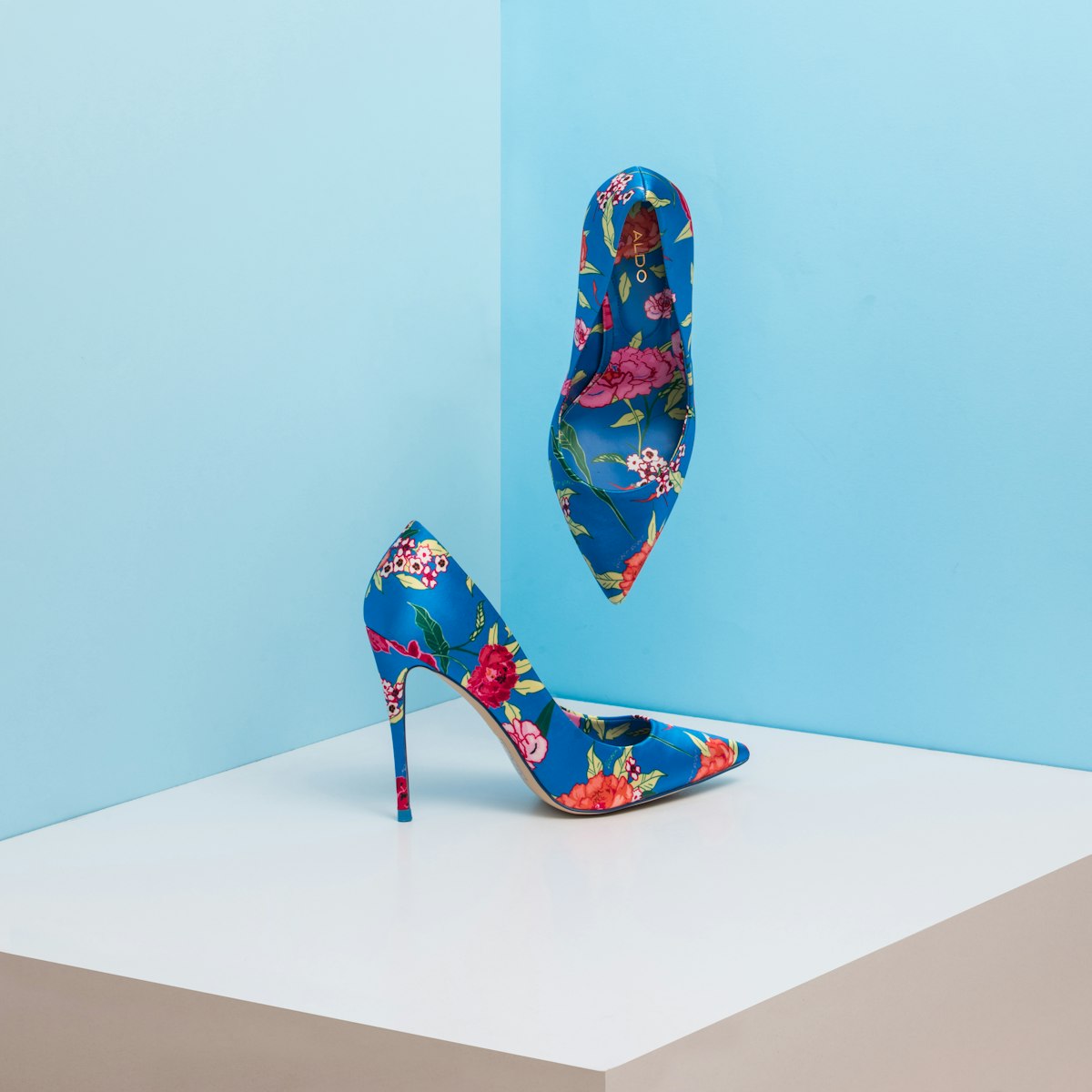Health threatening elegance: damage and alterations due to high heels
Women's footwear is defined by a series of social and aesthetic norms, and the repercussions that this footwear may have on women's health are often left in the background.

When primitive men injured their feet with stones and irregularities of the ground or felt cold, or the effects of humidity, they began to cover their feet with braided plant leaves, tree bark, and animal skins. The footwear had a functional and protective meaning.
To this protective function was later added fashion, and they also became a sign of dignity. With the evolution of clothing and customs, high-heeled shoes became fashionable. Women's footwear is defined by a series of social and aesthetic norms, and the repercussions that this footwear may have on women's health are often left in the background.
These characteristics of the footwear can modify the intensity of the plantar pressures and their distribution, can influence the posture and stability of the subject, in the march, and can even cause pain and diverse injuries.
The power of the heels
The reason for so much magic is that in addition to providing a few inches, it gives a long-linear appearance, accentuating the feminine lines highlighting the breasts and lumbar curvature, as well as giving a touch of distinction and personality to women.
What happens when we wear heels and what are their risks?
When we stand completely barefoot on a flat surface, 43% of the body weight is supported in the front portion, while the back portion supports 57% of the remaining body weight.
If we raise the heel a little more to 6 centimeters the weight is distributed in 75% for the front portion of the foot leaving only 25% for the calcaneal area, if the heel of the shoe is 10 centimeters or more almost the totality of the weight falls on the front of the foot.
This imbalance in the distribution of the weight causes that is modified that the general position of the body and the first articulation that suffers is the ankle, (risk of sprain increases 3 times more). On the other hand, the posterior portion of the leg must compensate for the displaced weight, so it contracts and shortens automatically, causing contractures and discomfort in twins.
The knee, on the other hand, is another joint that is overloaded when using heels, because the tension of the posterior leg muscles increases by at least 30% above the knee and automatically produces flexion of this joint, and then needs to be balanced by contracting the quadriceps and the anterior rectus of the leg. All these changes also generate an imbalance in the hip, which increases lumbar lordosis and is in turn with a compensatory neck flexure.
"Any person who wears heels over 5 cm, for more than 40hrs per week, over the course of 2 years, will begin to suffer injuries" - American Physiological Society.
The idea is not to create fear, but rather to warn that the risks of continued use of this type of footwear must be taken into account, and also to employ some tricks to take care of the muscles and feet if heels are used.
To counteract the consequences of prolonged use of this type of footwear, it is recommended to do small exercises to tone and stretch tendons and muscles that are affected when using heels. Also, it is recommended to use different varieties of heel sizes.
Tips for wearing high heels and not dying in the attempt
Use anti-slip pads, or metatarsal cushions, place them inside the shoes to prevent your foot from sliding and to act as a shock absorber.
Before putting on a high shoe, walk barefoot for a while, then stretch and shrink your toes, especially if you will be wearing them for several hours.
Exercise your twins, stand on your toes barefoot, going up and down sowing to the initial position.
When you get home, if you had a long day of work and the pain in your feet is unbearable, immerse them in a container with hot water mixed with salt. This decreases the swelling and helps relax your feet.
Lie down on your bed or the floor, stretch your legs and bend your knees just a little bit, do 3 series of 15 repetitions with each leg.
Stretch your abductors: cross one leg in front of the other one that will be completely stretched and turn your body slightly and without sudden movements. Do the same repetitions as in the previous exercise.
Touch your feet: Sitting with your legs stretched out, try to touch your feet with your arms; if you don't succeed, you can always help yourself with a towel or a blanket. This stretch will be good for the back of your thighs and your calves.
Stand on your toes and move your feet up and down 20 times a day to stretch your hamstrings.
Bend your legs, make the gesture of sitting on the floor, but without getting there, with 3 sets of 15 repetitions you will strengthen your thighs and abductors.
After bathing try to massage your feet with your favorite cream. Refreshing creams are recommended. To improve circulation and relieve pain, take hot and cold baths, alternating every 3 minutes x 15 minutes.
Surely after reading this article, you will continue to use them, however, remember, "high heels were not made for walking and it is advisable to use them as little as possible.




